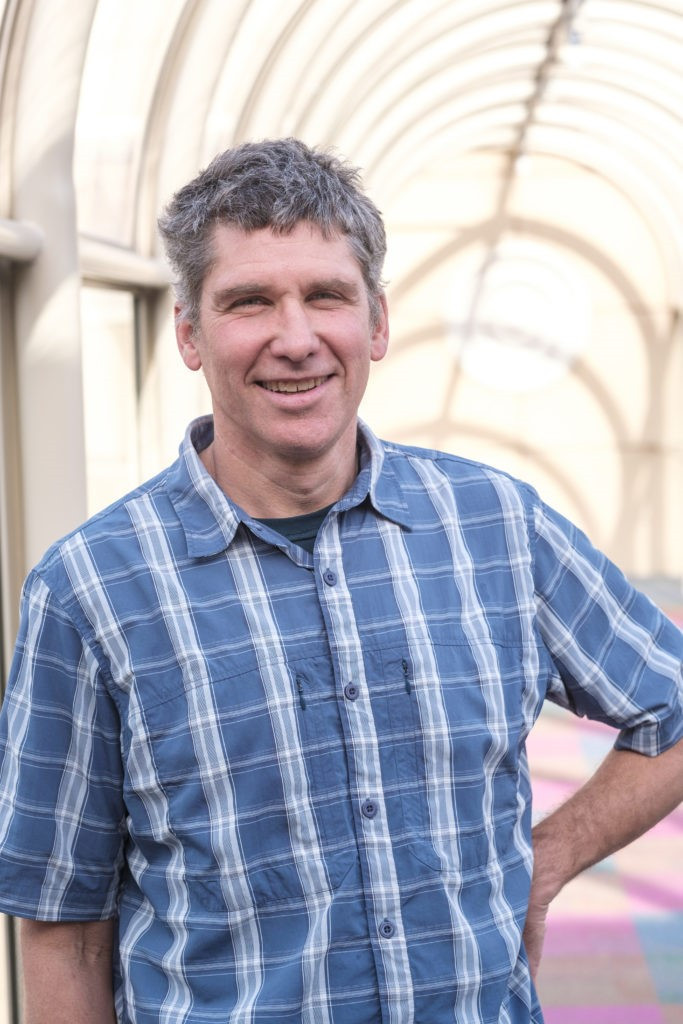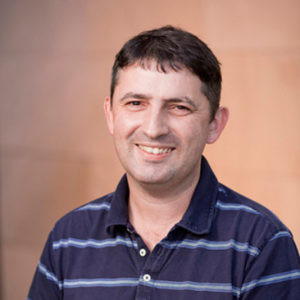NCI Australia is proud to support incredible Australian research through the inaugural Australasian Leadership Computing Grants (ALCG).The highly competitive Grant will allow researchers to tackle the biggest problems at the highest resolutions and at speeds never before seen in Australia.
NCI Director Professor Sean Smith says the ALCG supports leading meritorious research projects with demonstrated ability to use HPC systems effectively at the biggest scales.
“The quality of applications received reflects both the diversity and immense talent that underpins the Australian research community”, said Professor Smith. The successful ALCG recipients represent the best of the best of Australian computational research. Between them, they have been allocated an unprecedented 180 million units of computing time on the new Gadi supercomputer.
The four recipients of the 2020 Australasian Leadership Computing Grants are:
• Professor Evatt Hawkes, University of New South Wales – Extreme scale simulations of turbulent combustion
• Dr Simon Marsland, CSIRO – Long-term climate modelling
• Dr Richard Matear, CSIRO – Decadal climate modelling
• Associate Professor Chris Power, University of Western Australia/International Centre for Radio Astronomy Research – Supermassive black hole jets and galaxy formation
A proposal from University of New South Wales researcher Professor Evatt Hawkes received an allocation to investigate the intricate details of combustion in a new design of gas turbine and to produce some of the highest resolution simulations of combustion ever created.
Professor Hawkes said, “We are very excited to receive this grant, which will enable among the largest simulations of combustion ever performed, and will really allow us to look in unprecedented detail at what is going on inside the combustor. The information we will provide will be very useful indesigning lower emissions systems and providing a robust and efficient end-use option for hydrogen fuel.”
Two climate related projects from CSIRO received allocations, covering a range of climate modelling scenarios and contributing in a big way to international efforts.
Dr Marsland said, “Climate models are our principal source of information of future climate change. The ALCG grant for the recently commissioned Gadi supercomputer allows us to greatly expand Australia’s contribution to the World Climate Research Programme Coupled Model IntercomparisonProject, the most comprehensive suite of climate simulations ever conceived. We will provide new science and greater certainty across a range of future projections. State-of-science climate modelling informs policy at the national and international level.”
Dr Matear said, “This allocation enables us, for the first time, to generate a large ensemble of climate forecasts. This will be a unique dataset to investigate the utility of forecasts for the benefit of Australian communities and industries who are vulnerable to climate variability and extremes. The forecast dataset places Australian research at the forefront of international efforts in decadal climate forecasting. The dataset contributes to the World Meteorological Organization Grand Challenge in Near-Term Climate Prediction, and it will be the only contribution from the Southern Hemisphere.”
An astrophysical proposal from the International Centre for Radio Astronomy Research received an allocation to produce new insights into how jets from supermassive black holes influence the formation of galaxies. Currently one of the big questions in astrophysics, the modelling done through this grant will help to answer some key questions about galaxy formation.
Professor Power said, “Our best theories for how galaxies grow over cosmic time tell us that powerful jets from supermassive black holes, millions to billions of times the mass of the Sun, play an important role in shaping the properties of their host galaxies and larger scale environment. We can use the Gadi supercomputer as a virtual laboratory and run hundreds of computationally expensive experiments, surveying how different kinds of jets interact with different kinds of surroundings in a systematic way. The insights we gain from such a survey will allow us to resolve many details of how jets influence their host galaxies and, by extension, improve our theories of how galaxies form."
Research Project Details
Professor Evatt Hawkes – UNSW Sydney
Extreme scale simulations of combustion for low emissions gas turbines
Professor Hawkes’ project aims to improve basic understanding of turbulent combustion processes in a new kind of "axially-staged" gas-turbine combustion system. These new systems offer advantages of high efficiencies, the ability to rapidly change output levels in order to work in concert with renewable energy, and the ability to burn renewable hydrogen fuel. Combustion in these systems occurs in highly turbulent fluids, with length- and time-scales spanning an enormous dynamic range. The Gadi supercomputer will enable an unprecedented resolution to be achieved, allowing the project team to unravel the complex intertwined interactions of turbulence and combustion in gas turbines. Moreover, it will allow the development and validation of less computationally expensive combustion models that can be used in industry to improve the axially-staged combustion concept.
Dr Simon Marsland – CSIRO
With Mr Martin Dix, Dr Matt Woodhouse, Dr Tilo Ziehn – CSIRO

Global climate modelling with ACCESS
This project aims to use three different configurations of Australia’s national climate and weather model, ACCESS, to investigate multiple facets of long-term climate change and its impact on Australia. These simulations will significantly enhance the Australian contribution to international climate modelling efforts, and will underpin a generation of policy-relevant climate science. This project builds on more than a decade of code development and climate science from NCI, CSIRO, Australian Universities and the Bureau of Meteorology. The multiple simulations provide more robust data and cover novel science to help us understand with more certainty the Earth’s sensitivity to climate change under a range of future scenarios.
Dr Richard Matear – CSIRO
With Dr Terry O’Kane, Dr Vassili Kitsios and Dr Russ Fiedler – CSIRO
And the support of the Decadal Climate Forecasting Project and Climate Science, Ocean and Atmosphere CSIRO

Global decadal climate forecasts
Dr Matear will run world-leading short-term climate predictions using CSIRO-designed code. Integrating observations of oceans, sea-ice and the atmosphere with a climate model, the researchers can predict outcomes multiple times and much more accurately combine those results together to get an ensemble forecast based on the cumulative results. Extremely computationally demanding, this work will position Australia in the forefront of international climate modelling activities and help us understand in exquisite detail the impacts of climate facing Australia and the world over a ten-year period.
Associate Professor Chris Power – International Centre for Radio Astronomy Research at The University of Western Australia Node
With Dr Stanislav Shabala and Mr Patrick Yates – University of Tasmania
Professor Martin Hardcastle and Dr Martin Krause – University of Hertfordshire

Modelling Supermassive Black Hole Jets in Galaxy Formation Simulations
This research will deliver a suite of state-of-the-art simulations of jets produced by supermassive black holes and highlight the role these play in the formation of galaxies. These simulations will provide a new global benchmark in how we model jets in realistic astrophysical environments and reveal important powerful details about how jets can shape galaxies. They will help to build the theoretical understanding that the international astronomical community will need when analysing observations from the forthcoming Square Kilometre Array radio telescope.